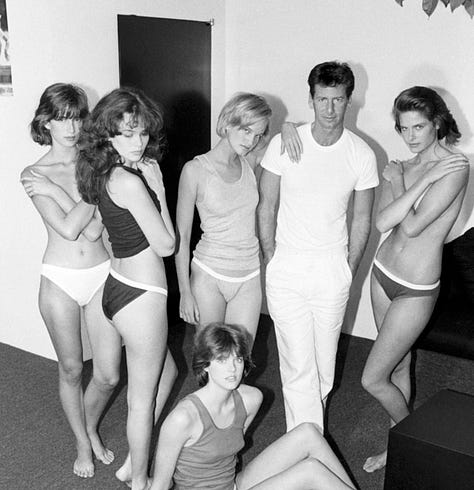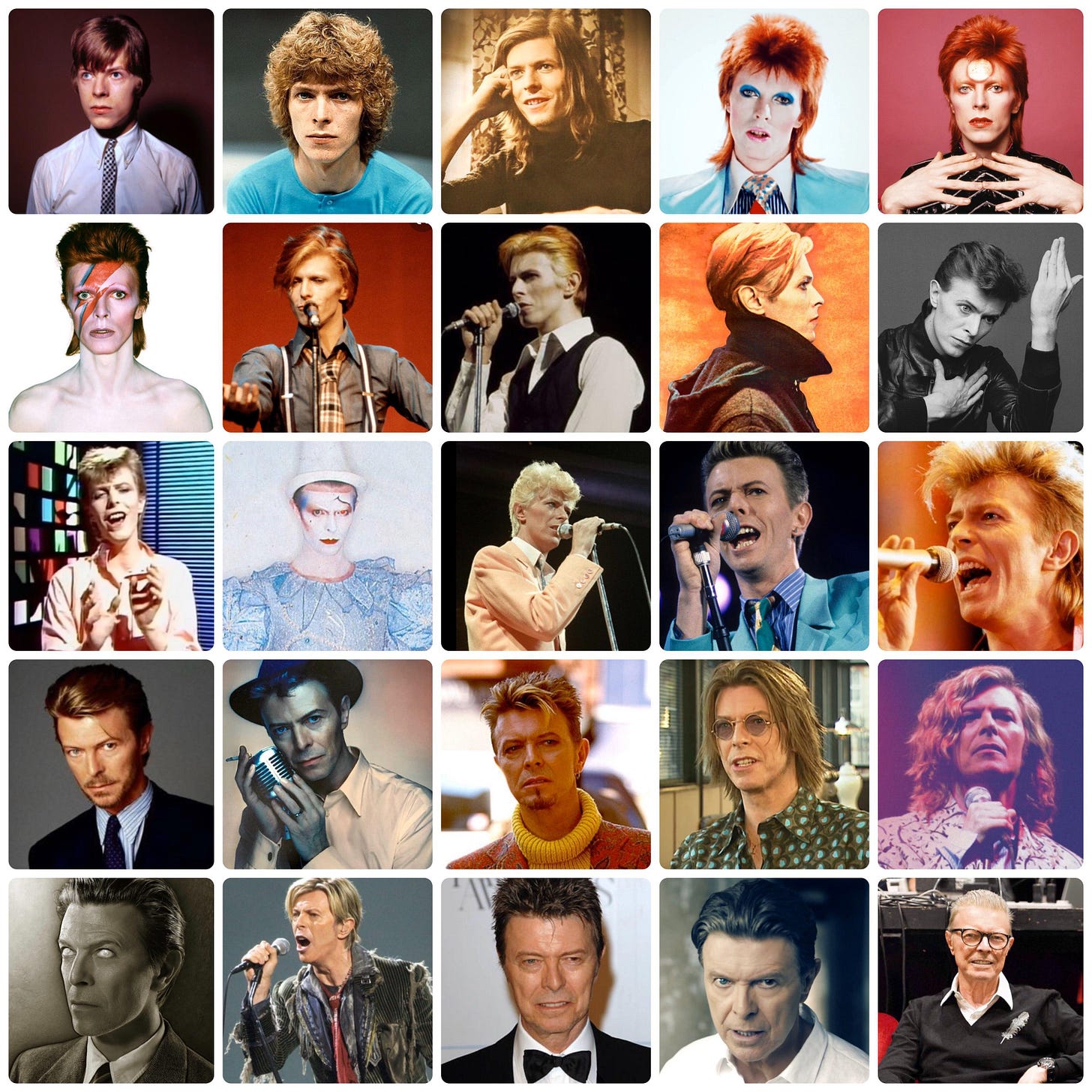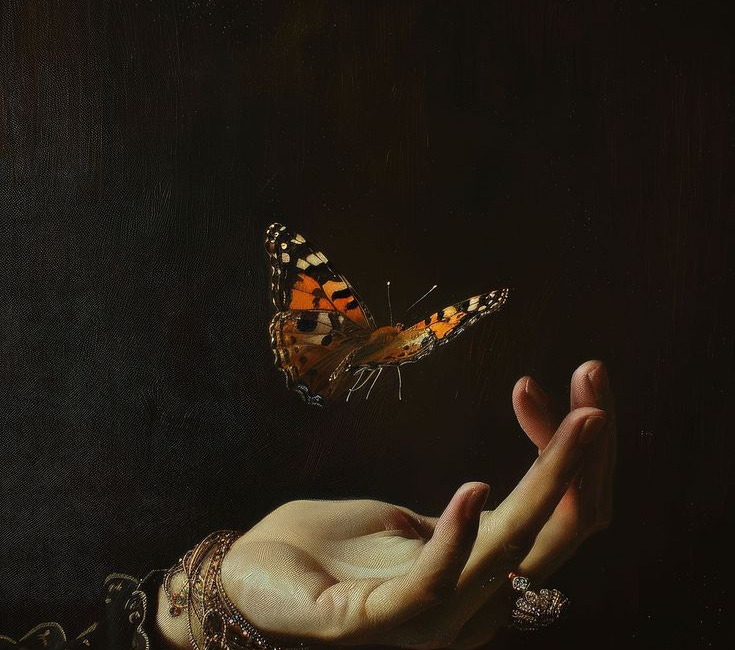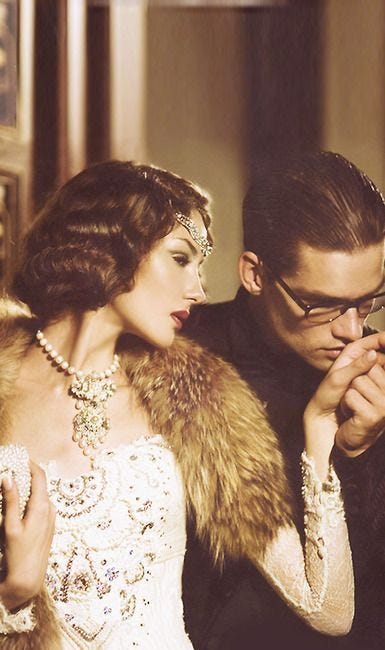A series inspired by The 48 Laws of Power
“The essence of power is keeping others in suspended terror—the moment they are unsure of what to expect from you, they are thrown off balance.”
Robert Greene, The 48 Laws of Power, Law 17: Keep Others in Suspended Terror: Cultivate an Air of Unpredictability
In order to take control of our lives, we must never allow ourselves to be predictable. Humans thrive within patterns, often creating and following them without even realizing. If we give others the ability to anticipate our next move, we will become invisible. To be able to stand the test of time you must control the narrative of who you are. You have to disrupt the expectations others have placed on you, thereby keeping them off-balance, waiting to see what we do next. Unpredictability and chaos are separated by one thing: control.
Tactics for Controlled Disruption
Break the Rhythm
Introducing something bold or unexpected into your outfit compels others to recalibrate their perception of you. This moment of cognitive dissonance will make you mesmerizing and unpredictable. Power is the resource of attention— once lost, its nearly impossible to regain. They will have become bored, complacent in your offerings, and on the prowl for something new.
Alexander McQueen vs. Calvin Klein
Calvin Klein built his legacy on minimalism, monochrome palettes and clean, striking silhouettes. However, as time passed, what once felt fresh and modern became predictable and overly commercial. The provocative campaigns that once defined the brand became less shocking as society grew accustomed to increasingly scandalous advertising, resulting in Klein becoming mainstream instead of trend-setting. It’s necessary to remember that Calvin Klein’s decline during this time was not because minimalism failed, but because it became static and devoid of reinvention.



In contrast, Alexander McQueen mastered the art of breaking the rhythm. From the 1999 robot-sprayed dress to the the 2001 Voss show, where models appeared trapped inside of a glass box, preforming as if we were watching them from inside an asylum. McQueen’s collections didn’t just showcase fashion, they delivered narratives that shocked and unsettled, leaving audiences addicted to the unexpected.
Reimagine Your Signature
Having a signature style creates familiarity, which builds recognition and influence.However, refusing to evolve your look over time will have the opposite effect: you will become boxed into one archetype, playing a caricature of yourself. The duality of something familiar, yet simultaneously ever-changing creates vast, prolonged intrigue. By being able to shift your signature looks into new silhouettes, proportions, conventions, you will disrupt the mental framework that others have built around you. No one will be able to define you but yourself.
Elvis Presley vs. David Bowie
It’s hard to think of two people who captured audiences the way that Elvis and Bowie did. Elvis Presley’s aesthetic was once a signal of his trailblazing spirit, the bold and glamorous wardrobe was something the world reveled in. But as time passed, his inability to transcend his glory days became a symbol of his stagnation. His style seemed frozen in time, only emphasizing the decline of his personal and professional life.
David Bowie’s mastered the art of reinvention. From the glittering alien mystique of Ziggy Stardust to the elegance of the Thin White Duke, Bowie constantly evolved. His transformations weren’t just visual— they reflected his adaptability and cultural intuition, making his imagination the ultimate muse. Always ahead of the times, Bowie proved that you can change as many times as you wish while always remaining true to yourself. Embracing change then is no longer an option, it’s an art.
Use the Power of Color
Color evokes incredible emotional responses that help mold our perception of others. The key is knowing when to alter your wardrobe dependent on situation. You can use this to your advantage by understanding that color is more than mere aesthetic— it is a tool to signal what we want others to feel.
Elizabeth Holmes vs. Steve Jobs
Elizabeth Holmes, founder of failed tech start-up Theranos and convicted felon, believed that by wearing the uniform of her hero, Steve Jobs, she would evoke the same emotional reaction he provoked in others, in her. And it worked, until it didn’t. Due to her fraudulent nature, people quickly saw that her attempt to dress like her hero was nothing more than a childish, thinly veiled attempt to manipulate her public perception. Rather than commanding the authority and focus of Jobs, her wardrobe reinforced her inauthenticity.



What Steve Jobs’ black turtleneck exuded was understated power and purpose. While his color palette was composed of just two notes, the way he presented himself ensured peoples attention went where he wanted it to go: towards his inventions. His simple wardrobe became an integral part of his power— his black turtlenecks became an extension of who he was: a man determined to create something new. Holmes failed because lacked the substance required for true vision to be executed. Jobs succeeded by understanding that his wardrobe was a tool to align his true image with his power, creating immense influence.
A word of caution: don’t use these concepts as a way to lose control of yourself. You cant disrupt if you don’t have a defined style. Chaotic wardrobe choices can lead people to assume that you have no control over your life. What you decide to show the world is critical in cultivating your image. If the idea of embracing your unique self feels unsettling, ask yourself why. What does it reveal if blending in feels safer than standing out?
With great personal aesthetic,
Alexandra Diana, The A List
How to Use Subtle Statements to Amass Great Power
First in a series inspired by The 48 Laws of Power













